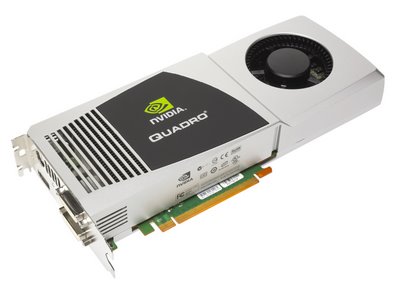
Over the past couple of years there’s been an incredible amount of hype surrounding the use of GPUs (Graphics Processing Units) to perform computationally intensive tasks usually carried out by CPUs (Central Processing Units).
The thing is there’s been very little activity on behalf of the CAD/CAM/CAE software vendors, with most action coming from niche areas of finance, science, and oil and gas – so little action in fact, that I’d started to wonder if we’d ever see this tech appear in product development workflows.
With this in mind I was more than a little excited to hear today that Autodesk is using GPU acceleration in its Moldflow Insight 2010 application to speed up the simulation of plastic flow in injection moulded components. The technology is based on Nvidia’s Cuda parallel processing architecture, which is supported by Nvidia’s Quadro FX 4800 and Quadro FX 5800 GPUs, and the development is said to have resulted in more than a 2x performance increase.
While this is a significant increase, it’s not in the order of 10s or 100s – factors that have often been bandied about when talking about the benefits of using GPUs over CPUs. The significant thing here though is that Autodesk’s Moldflow development is the first implementation from a mainstream CAD/CAM/CAE vendor. From speaking to Nvidia and its rival AMD over the past year, both companies have maintained that GPGPU (General Purpose GPU) technology is very much on the roadmap for a number of CAE (Computer Aided Engineering) software developers, but until now both companies have been unable to name names.
Not all computational tasks can be offloaded from the CPU to the GPU, in the same way that not all computational tasks can be accelerated by multiple CPU cores. Simulation and rendering, however, are commonly referenced. For example, because a lot of CFD (Computational Fluid Dynamics) code is highly parallel and scales well over multiple CPUs, this should theoretically translate well to GPGPUs, which feature a massive array of parallel processors, in the order of 100s.
Only time will tell how important a role GPUs will play in accelerating computational tasks for CAD/CAM/CAE software. Most software developers have been very tight lipped about their plans, but I expect with Autodesk’s lead, the next six months will deliver some interesting news.






